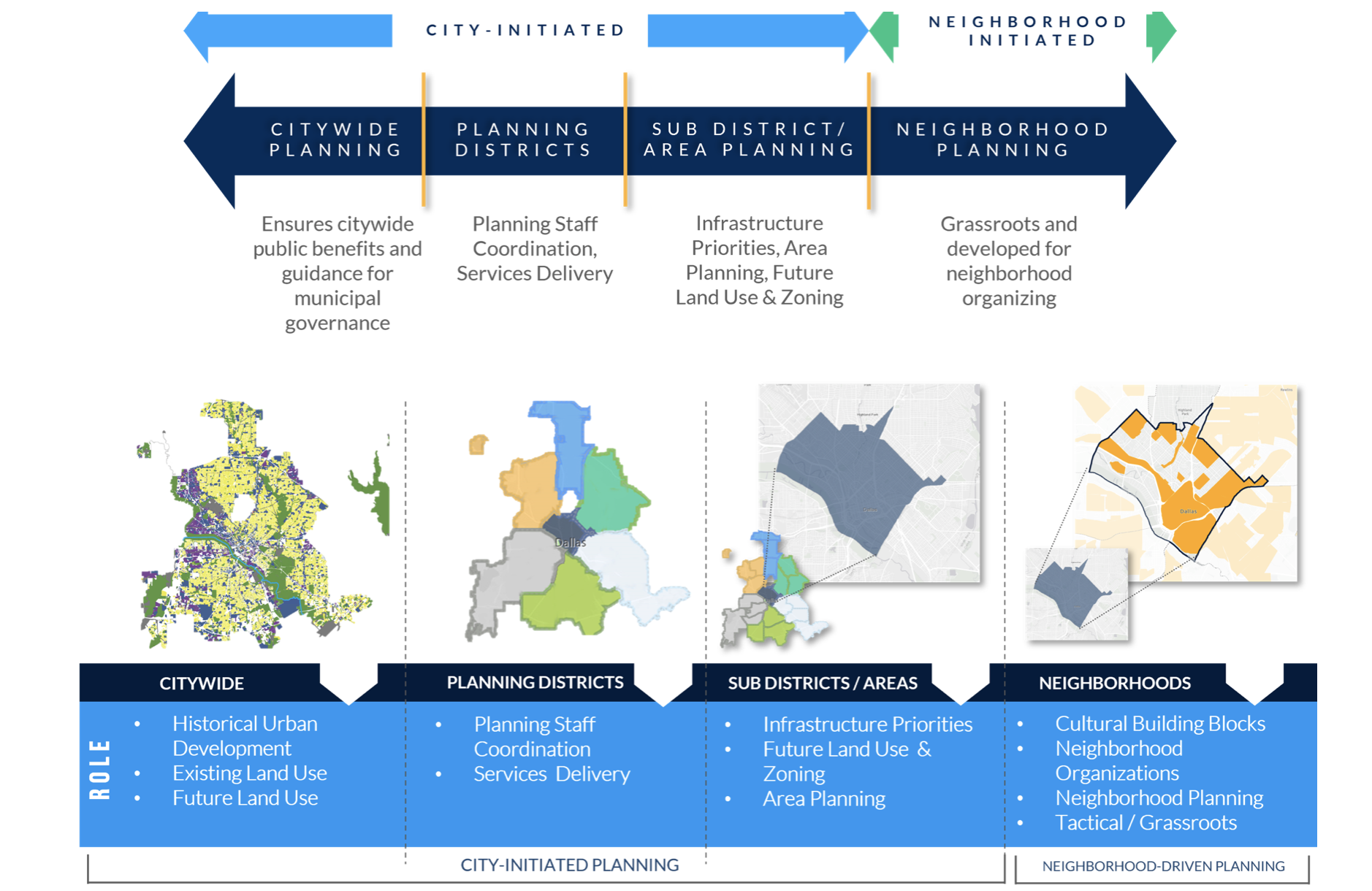If you are a Dallas resident who complains (on Nextdoor.com, say) about crime, blight, development, zoning, trash (name your peeve) but has no desire, willingness or curiosity about how to make a difference, this will be of little interest.
However, if you prefer to be the change you want to see in the neighborhood, the City of Dallas Planning and Urban Design Department is hosting a virtual community workshop tomorrow, Tuesday, Nov. 2, at 6:30 p.m. for Council Districts 9, 10 and 14. Those districts cover Lake Highlands and the White Rock and East Dallas areas and are represented by Paula Blackmon, Adam McGough and Paul Ridley, respectively.
The committee reportedly is looking for input from neighbors to “help shape Dallas for the next 20 years,” to identify priorities and provide feedback on the type of development in Dallas that you want to see.
In order to attend the virtual meeting, you must pre-register here.
The purpose of Dallas’ comprehensive land use plan update, according to the City’s marketers, is to “refresh and strengthen our future land-use vision and policies through strategic implementation to improve the quality of life for all.”
Success depends on “inclusive community engagement and effective integration of recent and ongoing citywide planning initiatives,” the reps report, and “will involve finding the right balance between sometimes competing objectives.”
The primary focus, according to program literature, is threefold: social equity, environmental sustainability and economic vitality.
“Dallas spans over 380 square miles with over 1.3 million residents, 1.2 million jobs and a great deal of diversity among neighborhoods,” the committee notes. “For a large city like Dallas it is very important that citywide planning create a framework to facilitate effective planning at smaller scales as well. The ForwardDallas Land Use Update process will work towards enabling planning at four primary scales as illustrated below.”






